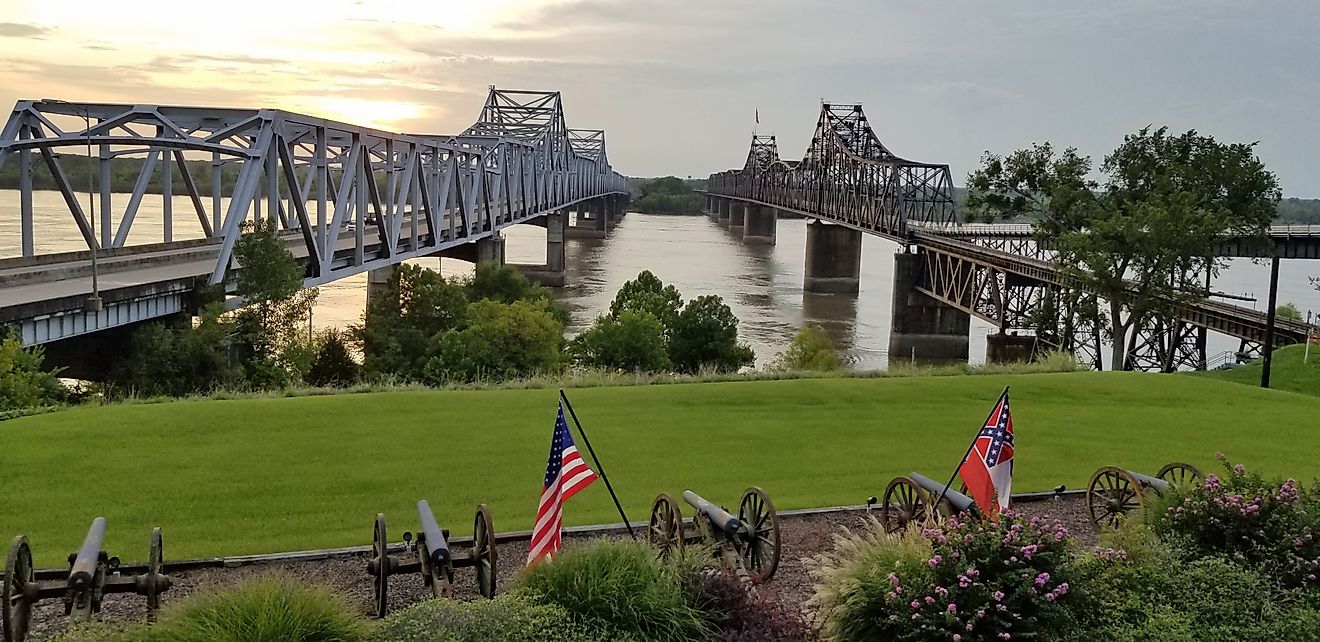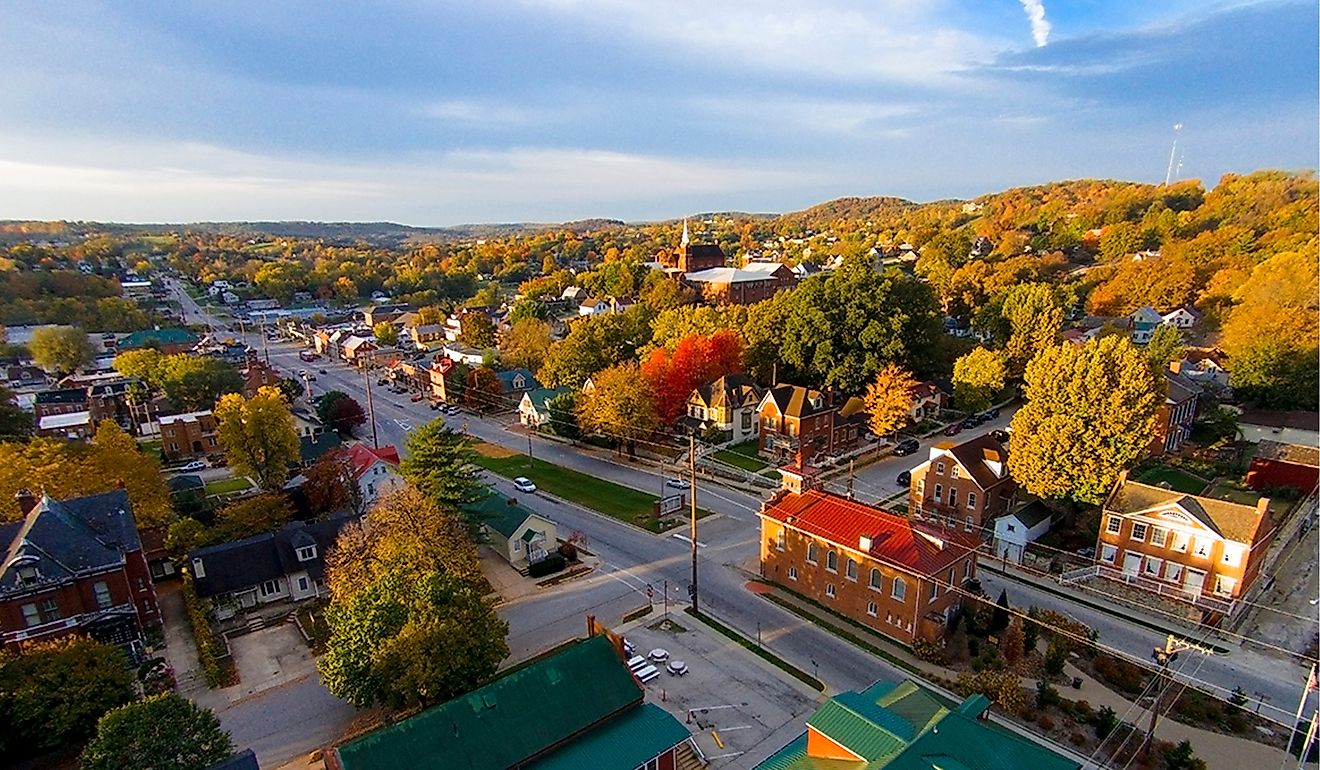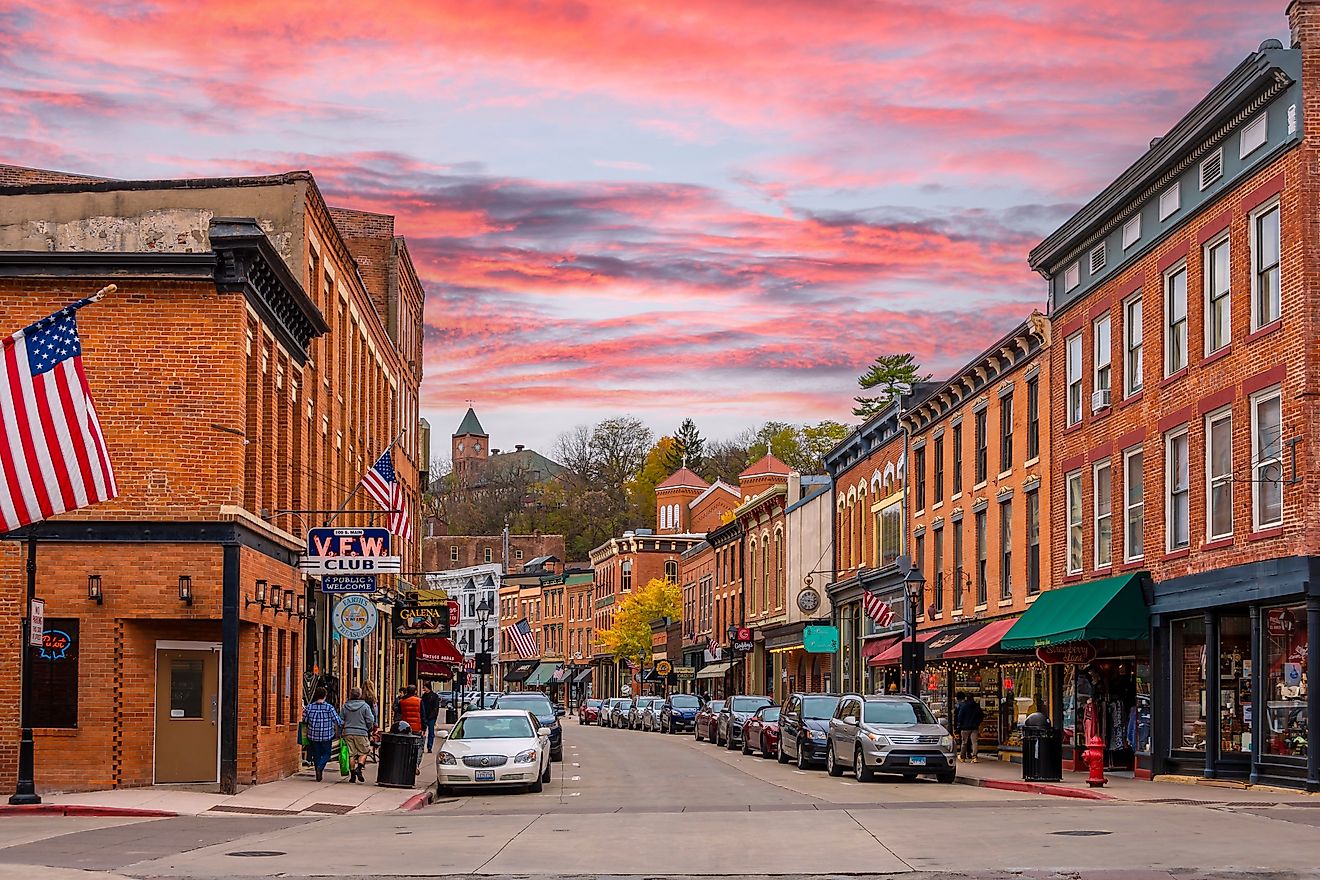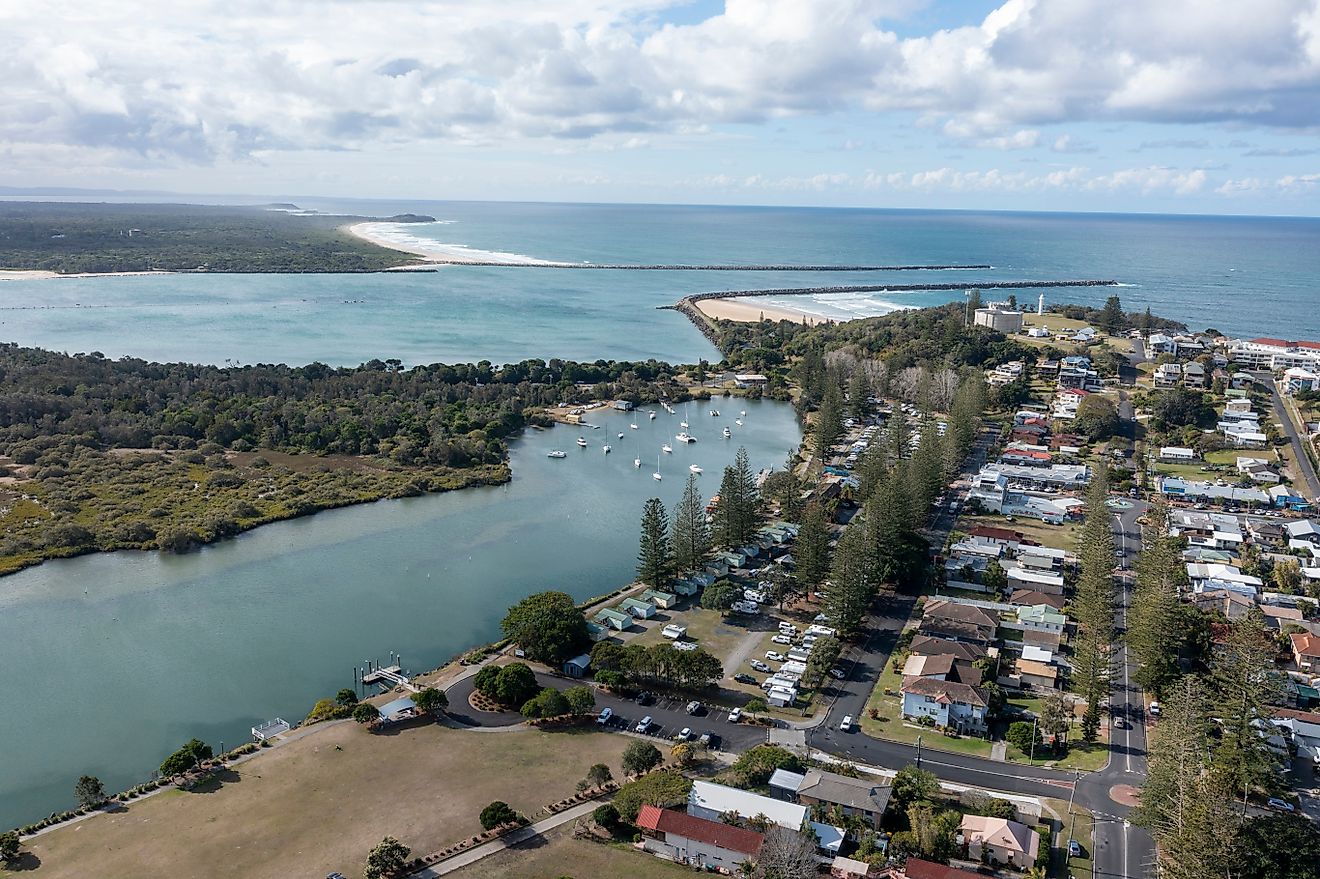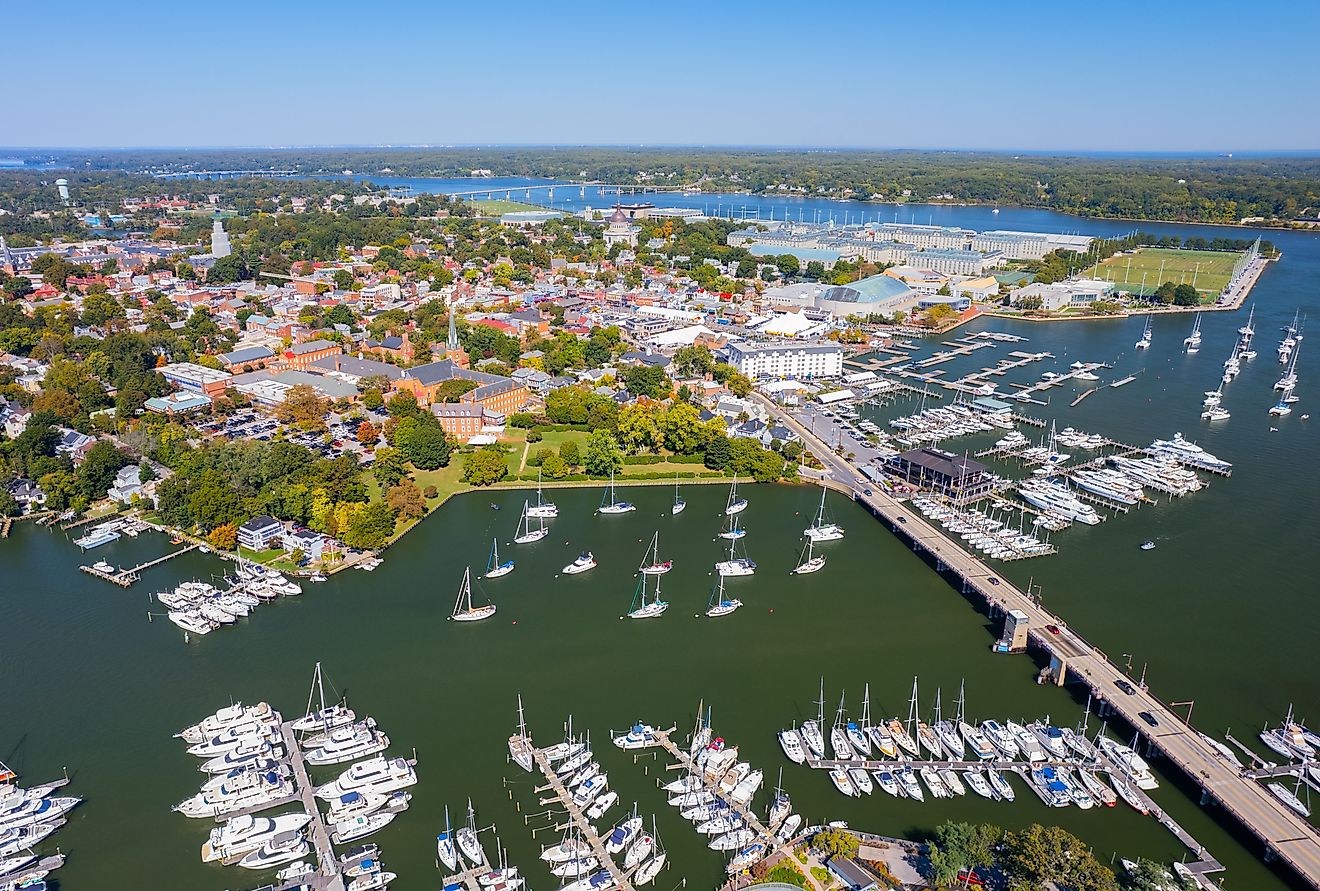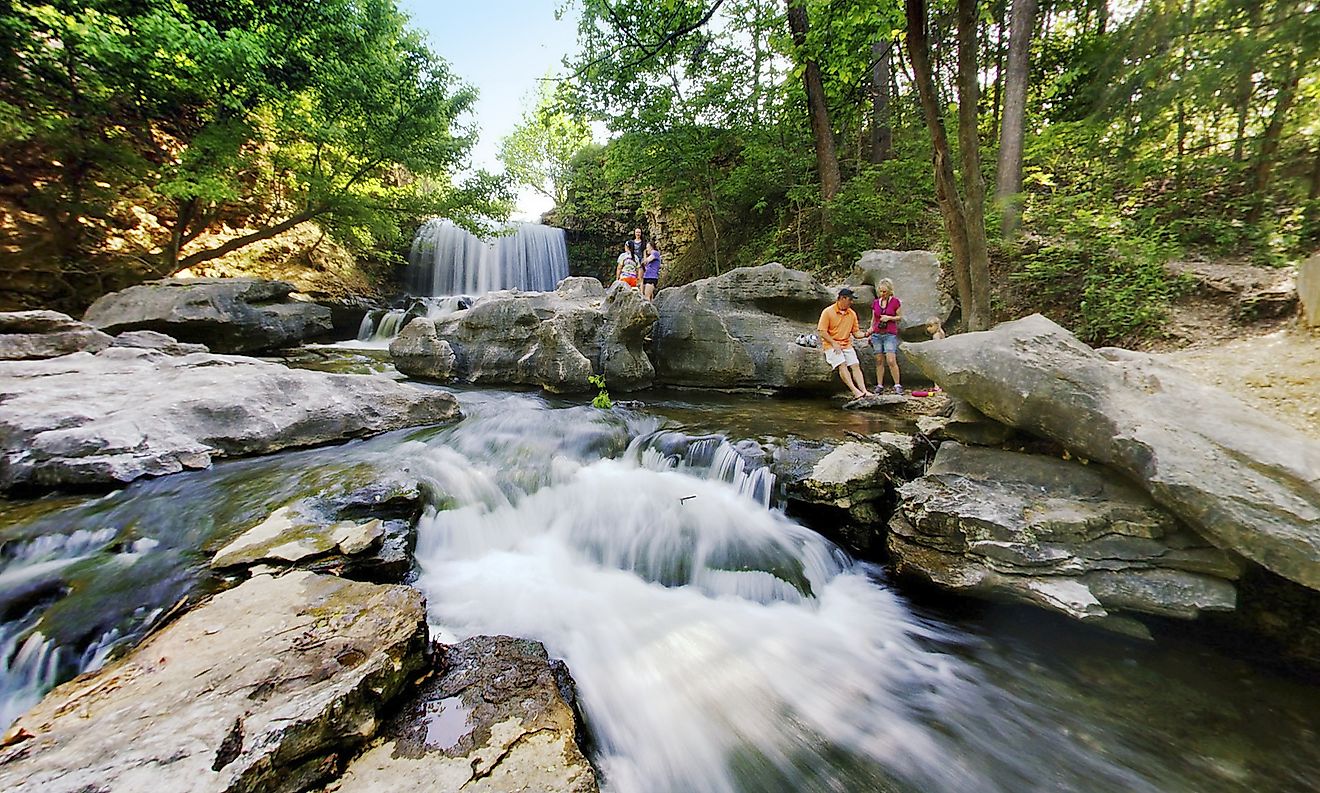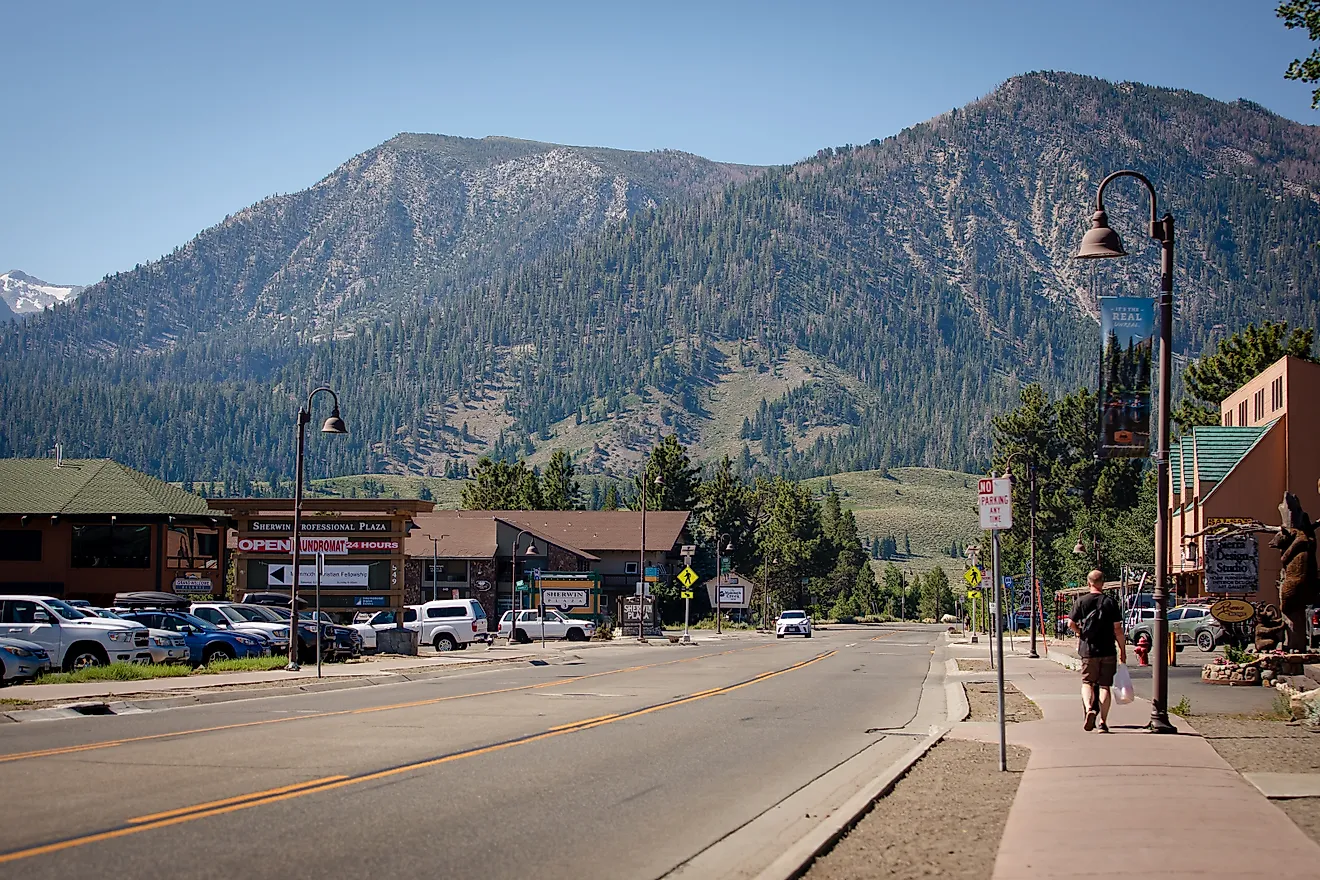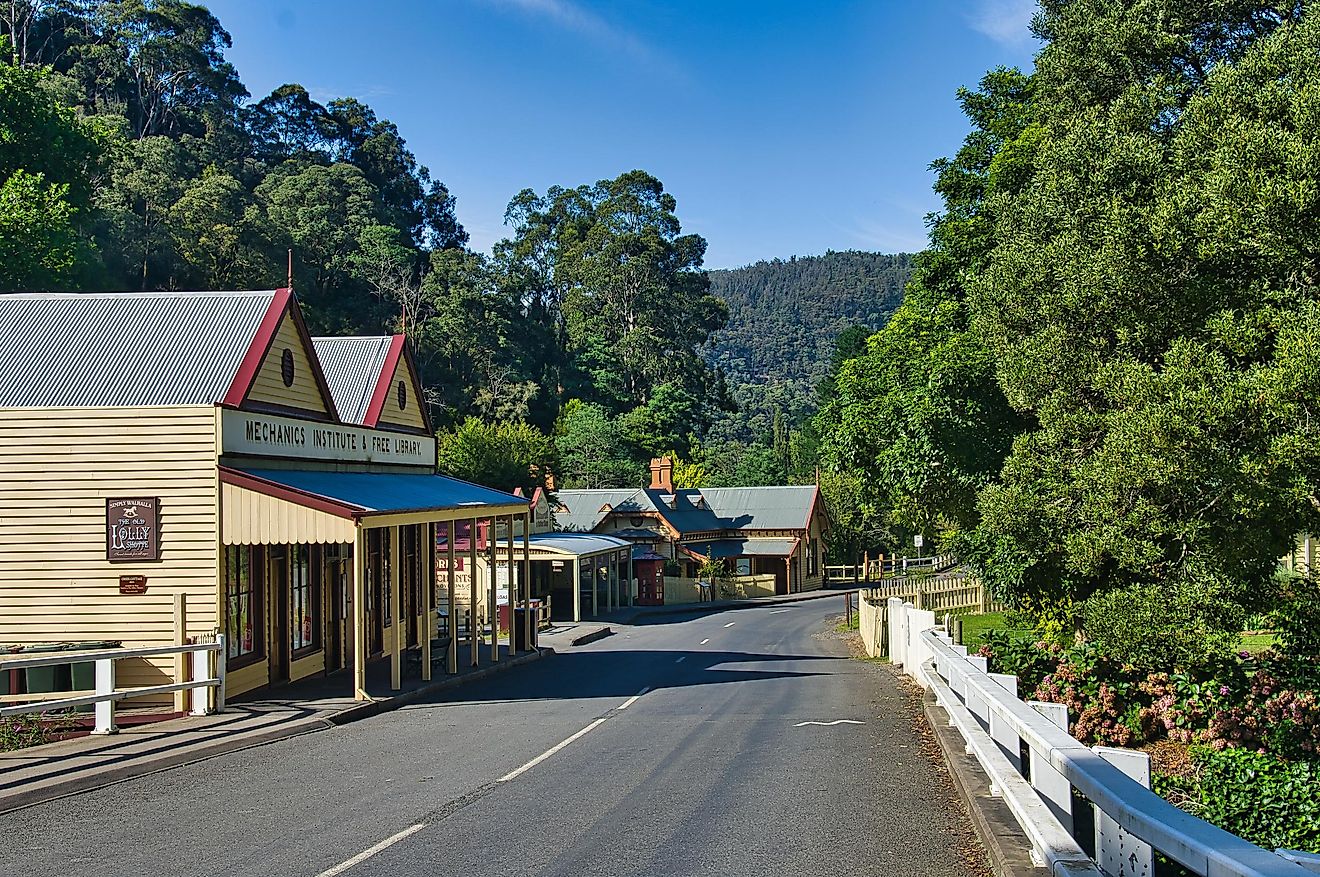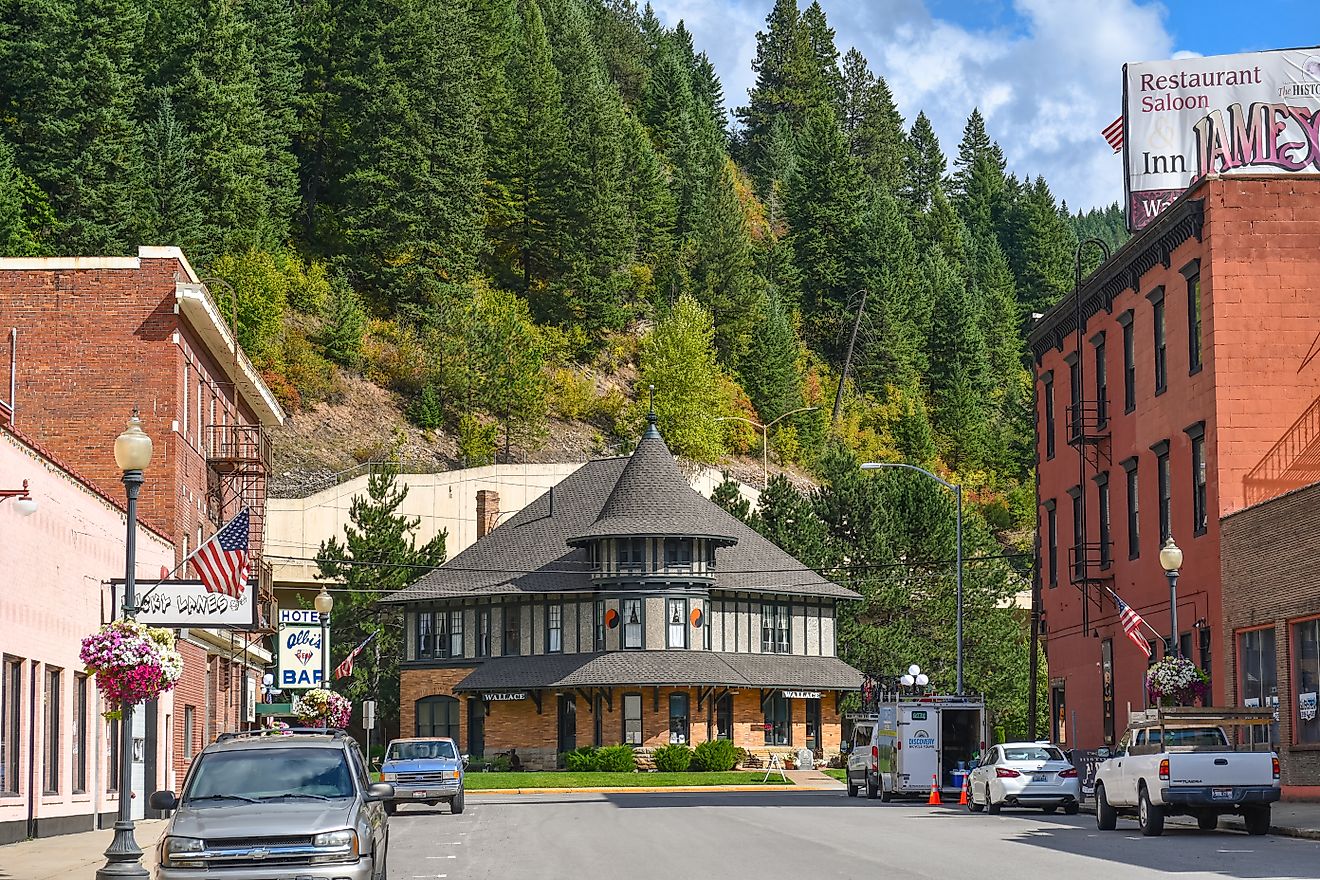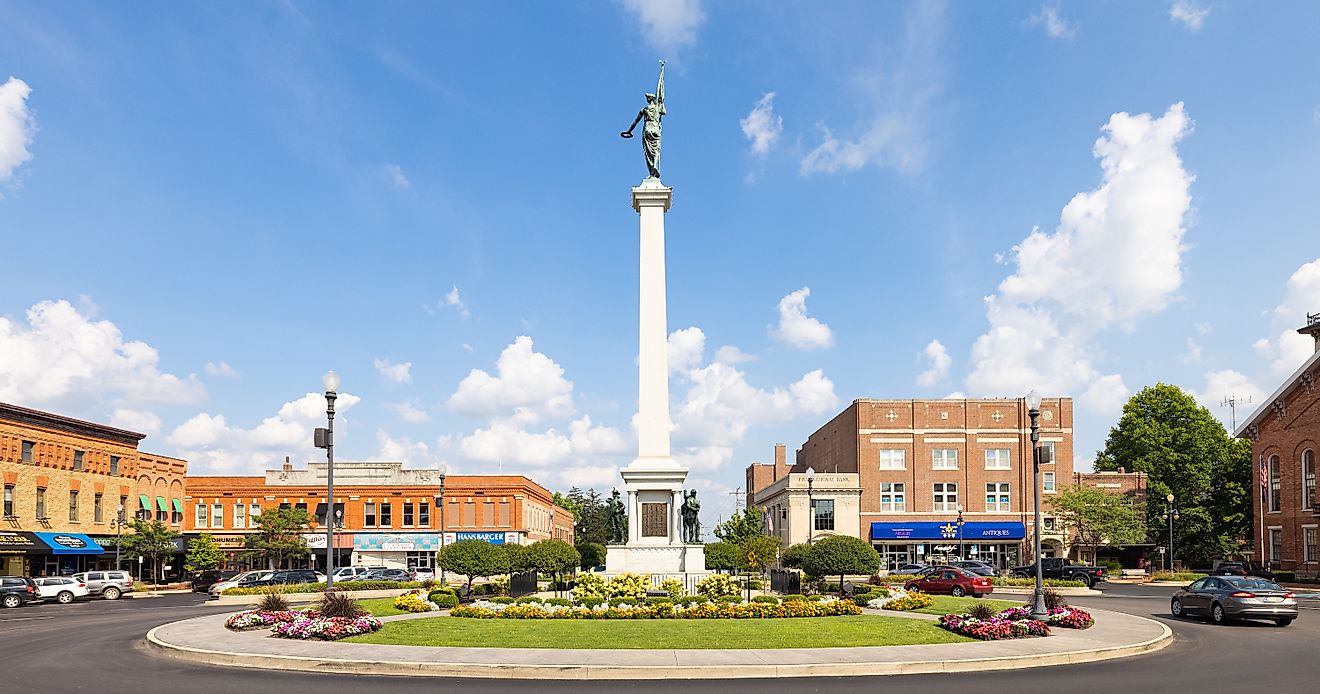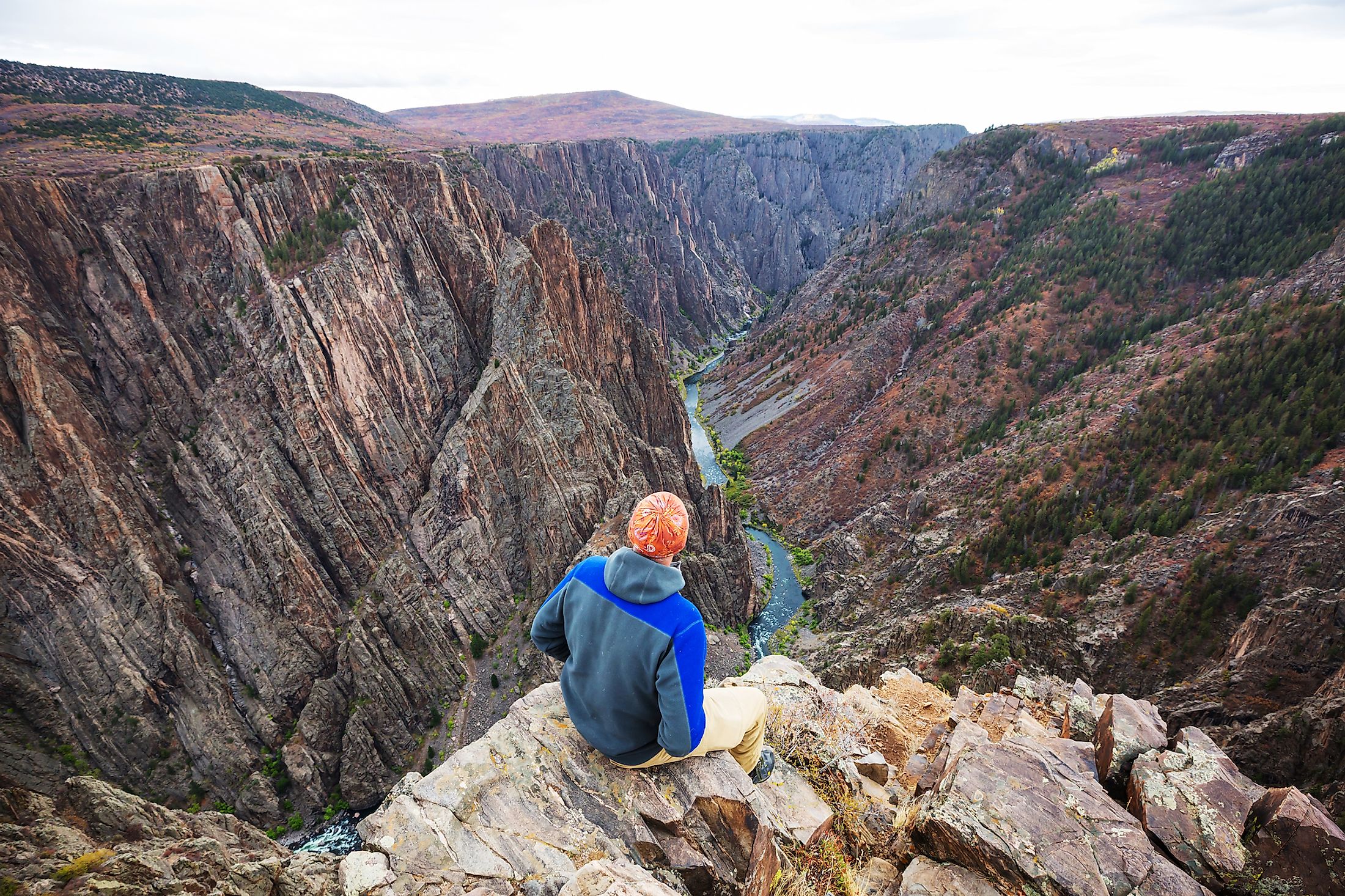
Black Canyon Of The Gunnison National Park, Colorado
Black Canyon Of The Gunnison National Park is located in the western part of the state of Colorado, United States. It was established in 1999, and occupies an area of nearly 125 sq km. The park mainly consists of a steep gorge carved into the landscape by the Gunnison River. The name "Balck Canyon" is believed to be derived from the fact that the depth and angle of the canyon is such that sunlight only reaches certain parts of the gorge for around 33 minutes a day.
History
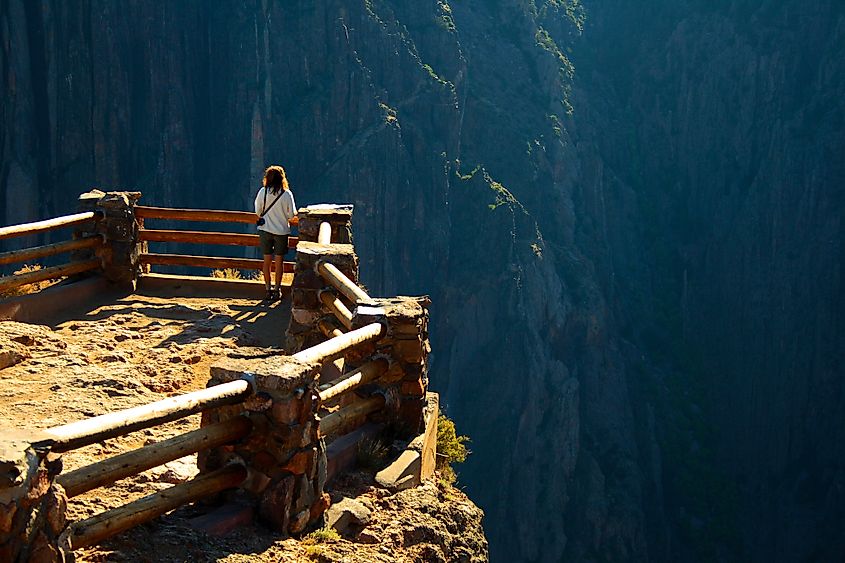
The black canyon gorge itself was created by the flow of water from what is now the Gunnison River over the passage of nearly two million years. The sheer depth and steepness of the canyon walls have prevented any major human settlements within the gorge. Infact, the only evidence of human occupation in the area has been found along the rim of the canyon, and not within it.
Evidence of native Ute people has been found in the area, and exploration was done by early American settlers in the mid to late 1700s. The first official account of the region, however, was by Captain John Williams Gunnison in 1853.
The Black Canyon of the Gunnison was first named a national monument on March 2, 1933, and underwent various developments for several decades, including the expansion of roads and access points. It wasn’t until 66 years later that the area was deemed a national park.
Landscape and Vegetation
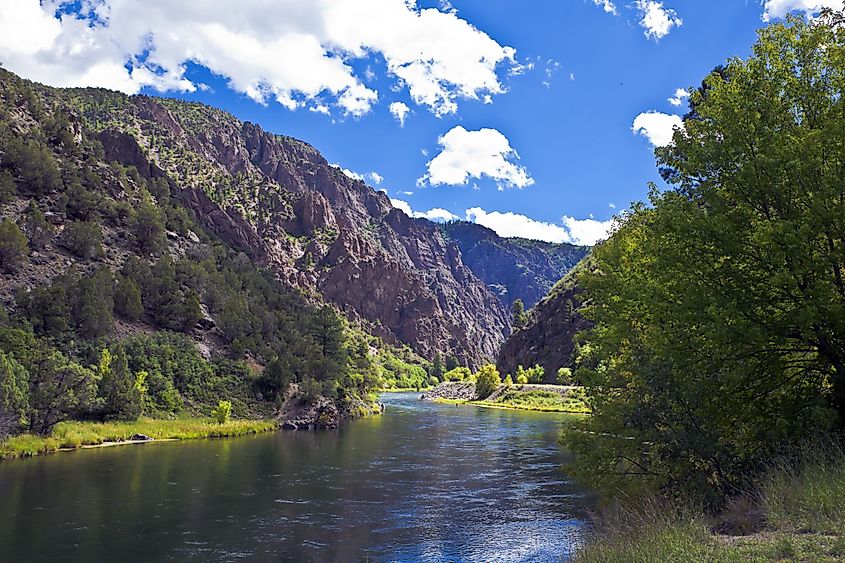
The park is almost exclusively a gorge. The canyon has a very dramatic slope. It descends roughly 6.4 m/km, which means it is the fifth steepest mountain descent in all of North America. The major ecosystems within the park include pygmy forests, Oak flats, the inner Canyon, and the river and river bed.
The Colorado Plateau has high deserts and low canyons, which are often home to pygmy forests. Black Canyon of the Gunnison’s highest point along the southern rim is mainly pygmy forest consisting of juniper trees and pinyon pine. Eleven other species of North American nut pines can also be found in these ‘small-tree’ forests.
The oak flats are a dense and bushy ecosystem which can be found along the rim of the park’s gorge. Gambel oak thickets are common in these areas and contain not only gambel oaks, but serviceberry bushes and other shrubs. The inner canyon contains plants that thrive in rocky areas. Wildflowers such as the Black Canyon gilia are abundant here. Aspen and Douglas Fir can be seen along the cliffs and rocky edges of the gorge. Most of the vegetation occurs on the north-facing wall, as it is both less steep, but more importantly gets significantly more sunlight than its opposite side.
The river and river bed which run along the base of the canyon are different again. Chokecherry, Boxelder and Narrowleaf cottonwood are common along the river edge.
Animals
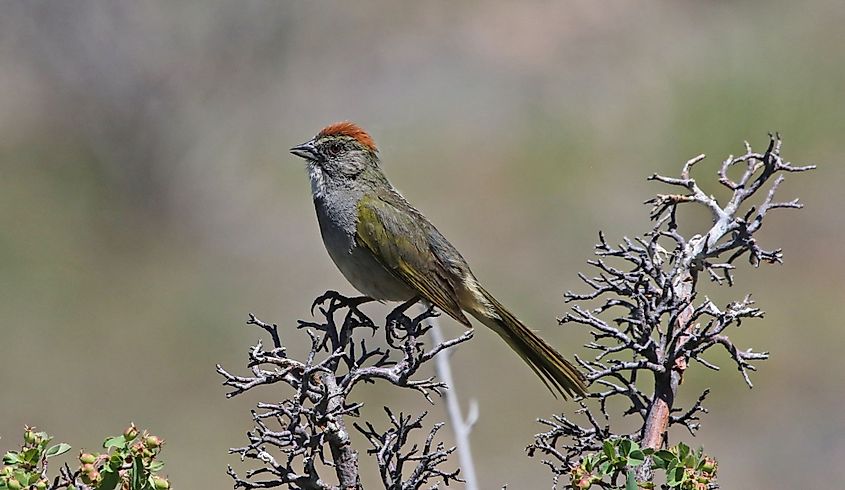
The Black Canyon of the Gunnison National Park is home to a wide range of flora and fauna. The varying ecosystems provide different habitats for the wildlife. The inner canyon has mountainous animals such as bighorn sheep, cougar, as well as a variety of birds including the Peregrine falcon, canyon wren, white-throated swifts and violet-green swallows, eight species of hawk and six different owls.
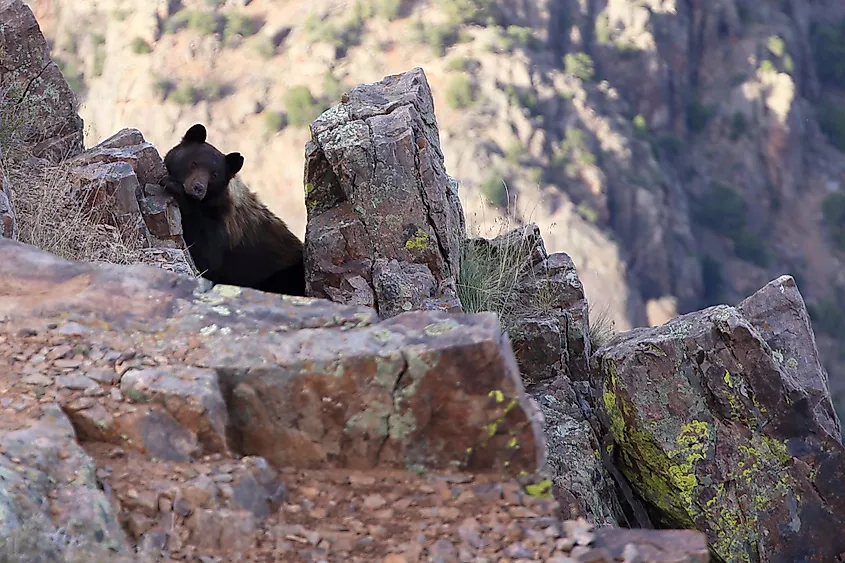
In higher elevations, gambel oak attracts the mule deer. Other grazing animals in the park include elk and pronghorn. Along the river, Narrowleaf provides ideal wood for beavers, while the American Dipper bird hunts for insects amid the shallow waters.Other species in the park include coyotes, black bears, and river otters. In total, 46 mammal species live in the park, as well as 12 species of reptiles and amphibians, and various fish species.
